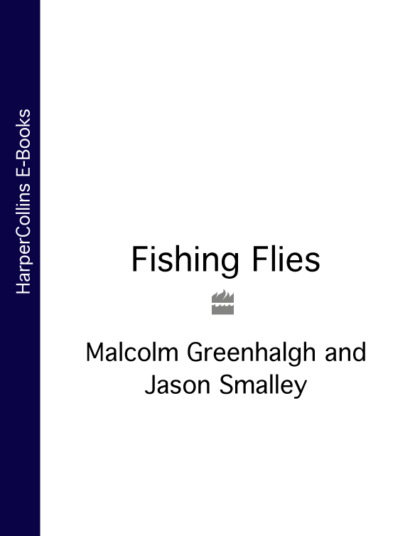По всем вопросам обращайтесь на: info@litportal.ru
(©) 2003-2024.
✖
Fishing Flies
Настройки чтения
Размер шрифта
Высота строк
Поля
NEAR ENOUGH
Hook: Nymph, sizes 8–16.
Thread: Pale grey.
Tails: Mallard drake flank fibres, dyed light tan.
Abdomen: Grey fox underfur.
Thorax: Grey fox underfur.
Wing cases: Mallard drake flank, dyed light tan.
Legs: Tips of mallard drake flank fibres, dyed light tan.
Rosborough suggested that the sides of the abdomen might be roughed up to simulate gills, but added: ‘this addition does not seem to enhance its fish-taking qualities; it’s a killer any way you look at it.’
The following two patterns attempt to match the pattern of coloration in most nymphs, which have a darker dorsal surface and paler ventral surface, by using a slip of dark feather fibres over the back of the paler body. This dark feather strip is held in place by the ribbing.
POXYQUILL
Hook: Nymph, sizes 12–18.
Thread: As body.
Tails: Tips of 3 cock pheasant tail fibres.
Dorsal surface of abdomen: Narrow section of brown turkey tail fibres.
Abdomen: Light tan Antron.
Rib: Pearl Flashabout, 1 strand, which also ties down the turkey tail section.
Thorax: As abdomen.
Wing cases: Very dark turkey, epoxied.
Legs: Grouse hackle palmered along the thorax in three turns.
Head: As abdomen.
SHELL-BACK NYMPH
Hook: Nymph, sizes 14–20.
Thread: Light brown or olive.
Tails: Tips of 3 cock pheasant tail fibres.
Dorsal surface of abdomen: Medium or dark dun goose quill slips.
Abdomen: Fine, light tan or light olive fur (e.g. rabbit).
Rib: Thread, darker than abdomen.
Thorax: As abdomen.
Wing cases: Goose quill slips, continued from dorsal surface of abdomen.
Legs: Brown speckled partridge or dyed olive grey partridge.
The large cream-coloured mayfly nymphs live their lives in burrows in lake- or river-beds until the moment comes when they must swim to the surface where the dun emerges. So for most of the year trout are unlikely to encounter these nymphs and, from autopsies of feeding trout, it seems that during a hatch they prefer to eat the emerged duns rather than the nymphs. Nevertheless, these large burrowing nymphs have been imitated and, remarkably, they do catch trout the year round, and in waters where the real nymph does not live!
MAYFLY NYMPH
Hook: Nymph, sizes 8–10.
Thread: Brown.
Tails: Tips from 4–5 cock pheasant tail fibres.
Abdomen: Cream-yellow angora wool.
Rib: Thick brown thread.
Thorax: As abdomen.
Wing cases: Cock pheasant tail fibres.
Legs: Tips of cock pheasant tail fibres used to form wing cases.
NOTE: This fly, designed by Richard Walker, should be heavily weighted, and fished very close to the bottom.
Real nymphs are usually well camouflaged and blend into their habitat, the bed of rivers and lakes. However, some, like the next four patterns, are much brighter and are great attractor patterns.
ORANGE NYMPH
Hook: Nymph, sizes 12–14.
Thread: Brown.
Tails: Few fibres brown speckled partridge.
Abdomen: Orange wool or fur.
Rib: Fine silver wire.
Thorax: Brown wool or fur.





